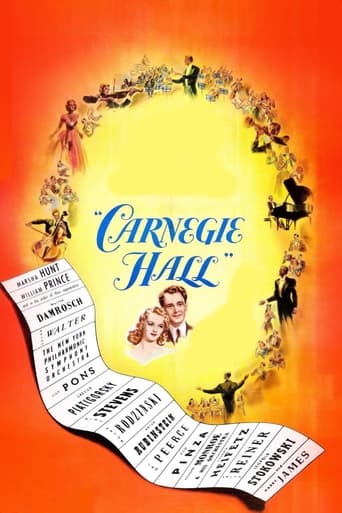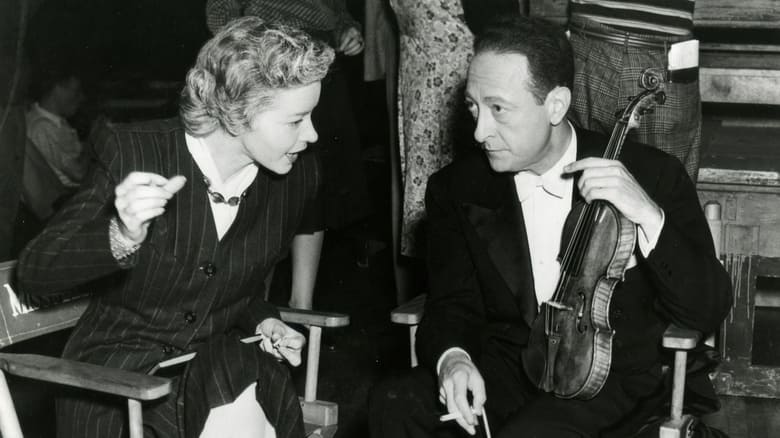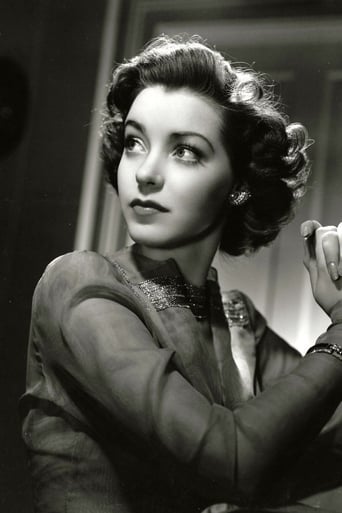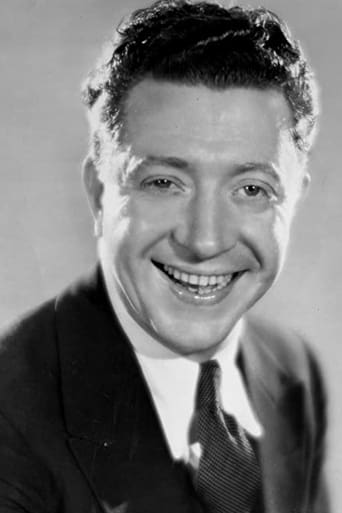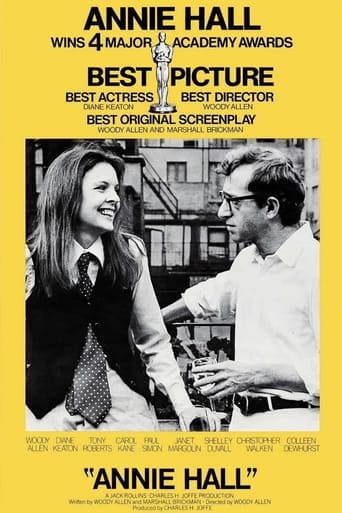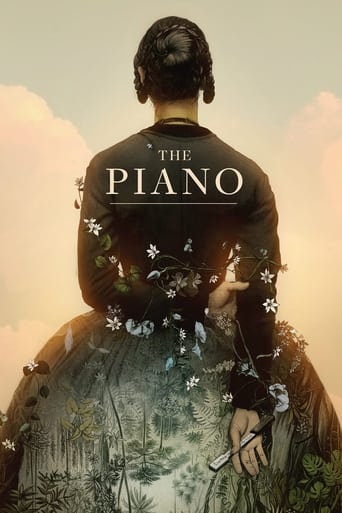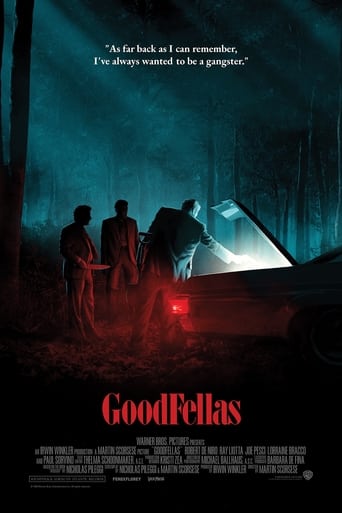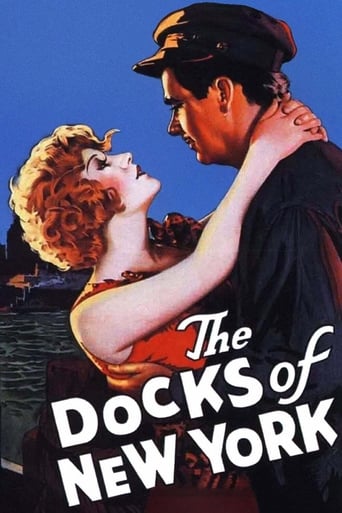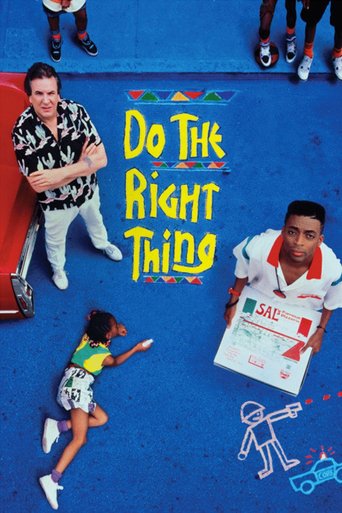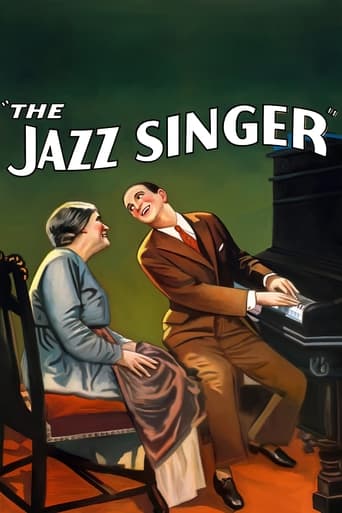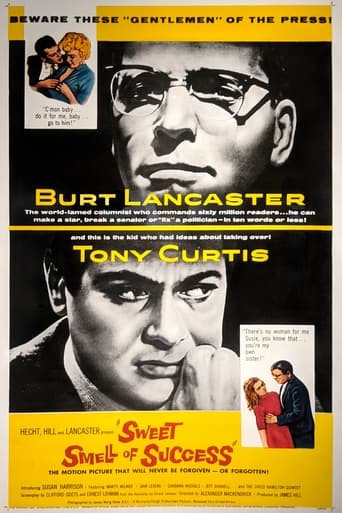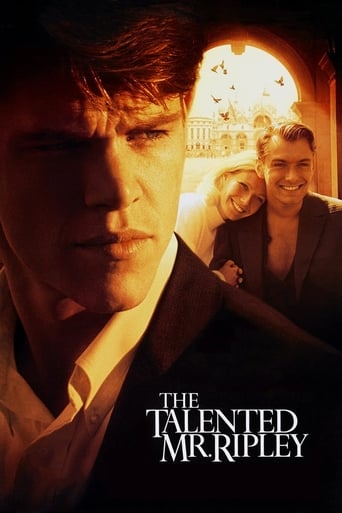Carnegie Hall (1947)
A young Irishwoman comes to the United States to live and work with her mother as a cleaning lady at Carnegie Hall. She becomes attached to the place as the people she meets there gradually shape her life. The film also includes a variety of performances from some of the foremost musical artists of the times: conductors Bruno Walter & Leopold Stokowski, solists Arthur Rubinstein & Jascha Haifetz, singers Lily Pons & Jan Peerce and bandleader Vaughn Monroe among many others.
Watch Trailer
Cast


Similar titles
Reviews
I disagree with those here who said the story that frames this showcase for classical musicians is mediocre or worse. Though it's a variation on "the Jazz Singer", I thought the script especially well written, and believably and very likably acted by Marsha Hunt. The scene where her character's adult son finally asserts his independence was so passionately acted by William Prince that I was startled. I didn't suspect that the son was, in real life, older than his "mother"; Marsha Hunt did a fine job playing an older woman.For me, many of the classical music performances were boring, despite the talented and famous cast of musicians. Mostly this was because the un-enhanced 1947 audio did such a poor job of reproducing the music (TCM 2013 showing). I did enjoy seeing Stowkowski conduct in his graceful flamboyant manner (and I suspect that some of the footage may have been rotoscoped for one of the classic Bugs Bunny cartoons, where "Leopold" is the revered symphony conductor). As a musical theater buff, it was interesting seeing Enzio Pinza, near the time when he starred in "South Pacific". He was more charismatic and energetic than in some early 1950's TV footage that was my only visual impression of him.
The dramatic part of the film is really rather dismal. When you have the mother in the cast played by a woman (Marsha Hunt, a later victim of the Hollywood blacklist, still alive at 95!) who, in real life was younger than her "son" (William Prince), it strains credibility even with Miss Hunt's "old" makeup.And the usual device of the hero's desire to play "modern"-music-rather-than-classical device is one that surely had whiskers even then! See "The Jazz Singer" for example. In this case, he wants to perform with the rather wooden singer, band leader and trumpeter Vaughn Monroe.Mr. Prince's character, Tony Salerno finally gets his predicable "big chance" at the end of the film when he "conducts", "plays" his own composition with trumpeter Harry James. It isn't clear who really wrote the music from the listed credits but the anonymity of the author is quite understandable. (Charles Previn?) And none of the other composers suffers from the competition, I have to say.However, the actual musical performances are as well done as possible with Rubenstein and Heifetz at somewhere near their peaks even with Rubenstein's inevitable Polonaise in Ab (Chopin). And their interactions with the actors is also very well done with, for example, Pinza's "prima donna" temper tantrum about his costume probably not exaggerated at all.Walter Damrosch's association with the actual opening of Carnegie Hall at which Tchaikovsky also conducted is another welcome reminder of the authenticity of the film as well as the actual hall being used rather than a studio fake and that right after its 1940's renovation.Though my last piano teacher, Nadia Reisenberg was also in the film in an ensemble, I turned it on too late to see her.A unique film for the music even with the cringe-making back story!
If you love classical music, CARNEGIE HALL will give you an earful. Some of the great performers of the time are seen in concert, such as Leopold Stokowski conducting Tchaikovsky's "Symphony in E Minor," Artur Rubenstein doing Chopin's "Polonaise" and "The Ritual Fire Dance" at the piano keyboard, Jascha Heifetz and his nimble fingers on the violin for Tchaikovsky's "Concerto for Violin," all performed brilliantly and making for a memorable soundtrack.But the story is a mawkish affair--MARSHA HUNT wanting her son to be a concert pianist who will some day play at Carnegie Hall, while he has other plans that include the world of modern music. When he joins the Vaughan Monroe band, mother and son sever their relationship and the rest of the tale treads the predictable movie line of many a backstage musical with no inspiration from the screenwriter.It doesn't help that Hunt's age make-up is as artificial as the thin plot that is supposed to hold all of this music together. WILLIAM PRINCE as her son makes almost no impression and MARTHA O'DRISCOLL is merely eye candy as the girlfriend who becomes his wife.If only the producers had a script worthy of all this music. RISE STEVENS does a nice job on an aria from "Carmen" and LILY PONS gets to do her famous "Bell Song," but neither of these acts are staged as more than "get up to the mike and sing." EZIO PINZA and JAN PEERCE are a bit luckier in the staging of their arias.Music lovers will certainly appreciate all the musical bits, some of which go on for quite a lengthy time while what little plot there is comes to a complete standstill.A feast for the ears, but not much can be said about the film itself which is more like a test of endurance over two hours and sixteen minutes of running time.Trivia note: All of the performing scenes were actually filmed at the newly refurbished Carnegie Hall.
What a pleasure it is to review the 1947 "Carnegie Hall," with its wealth of legendary classical artists performing in lengthy segments. Many of these artists have rarely been photographed in such a clear manner, and it is indeed a treat to have so many in one film."Carnegie Hall" contains some 75 minutes of footage featuring these artists, with many works and movements uncut. How rare it is to see and hear such artists as Lily Pons and Ezio Pinza preserved for all time. These, plus many instrumental soloists and orchestras perform brilliantly in beautiful black and white photography.Alas, surrounding these musical segments is a very tepid dramatic yarn, which often is not well blended into the musical sequences. In fact, at one point the drama seems to come to a scretching halt, to make way for the music.Further, the camera work during the first part is rather unimaginative and static. It does get better as the film progresses and, by the end, sequences of Heifitz and Stokowski contain some fluid and interesting shots.While it could have been better, "Carnegie Hall" is a real curio from an era which boasted true musical giants. The restored print is crisp and clear, and the sets are nicely lit, reminding one of the beauty of black and white production.It's worth enduring the story to get to the great music and magnificent artists, all honoring that fine structure at West 57th Street and Seventh Avenue in New York. ###

